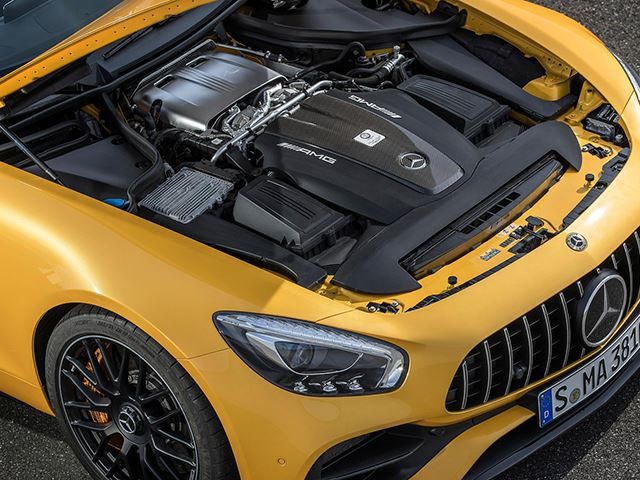
Being the prodigious child that it is, Mercedes has enjoyed its time in the spotlight both on the Formula 1 track and on the sales floor. In whatever it does, it's as if Mercedes can't help but dirty the welcome mats of its competitors with dirt tracks of excellence, walking all over them with sports cars, luxury SUVs, and even a hypercar. It's brawn, however, would be nothing without its equally impressive brains that have churned out things like the AMG-built "Hot V" turbocharging setup.
Don't know what on Earth that means? Thankfully Engineering Explained has that corner covered. Jason Fenske breaks it down once again for us, giving us the skinny on the concept of the Hot V engine and why it's so revolutionary for the arena of the turbocharger, which has become a crutch automakers rely on in recent years.
The most obvious advantage to the setup is packaging. Without two turbines hugging exhaust manifolds mounted on the edges of the block and taking up space at its flanks, the turbochargers can be placed inside of the V of the engine, giving more room for the rest of the hardware. Of course, this requires ditching the conventional engine setup so that the intake ports are on the outer side of the block and the exhaust comes out into the center of the V. By doing this, Mercedes also manages to cut lag by reducing the distance it takes for exhaust gases to escape the engine before being used to spin the turbines. All it takes is a few genius engineers to sort the cooling situation and viola, you have instant horsepower.


